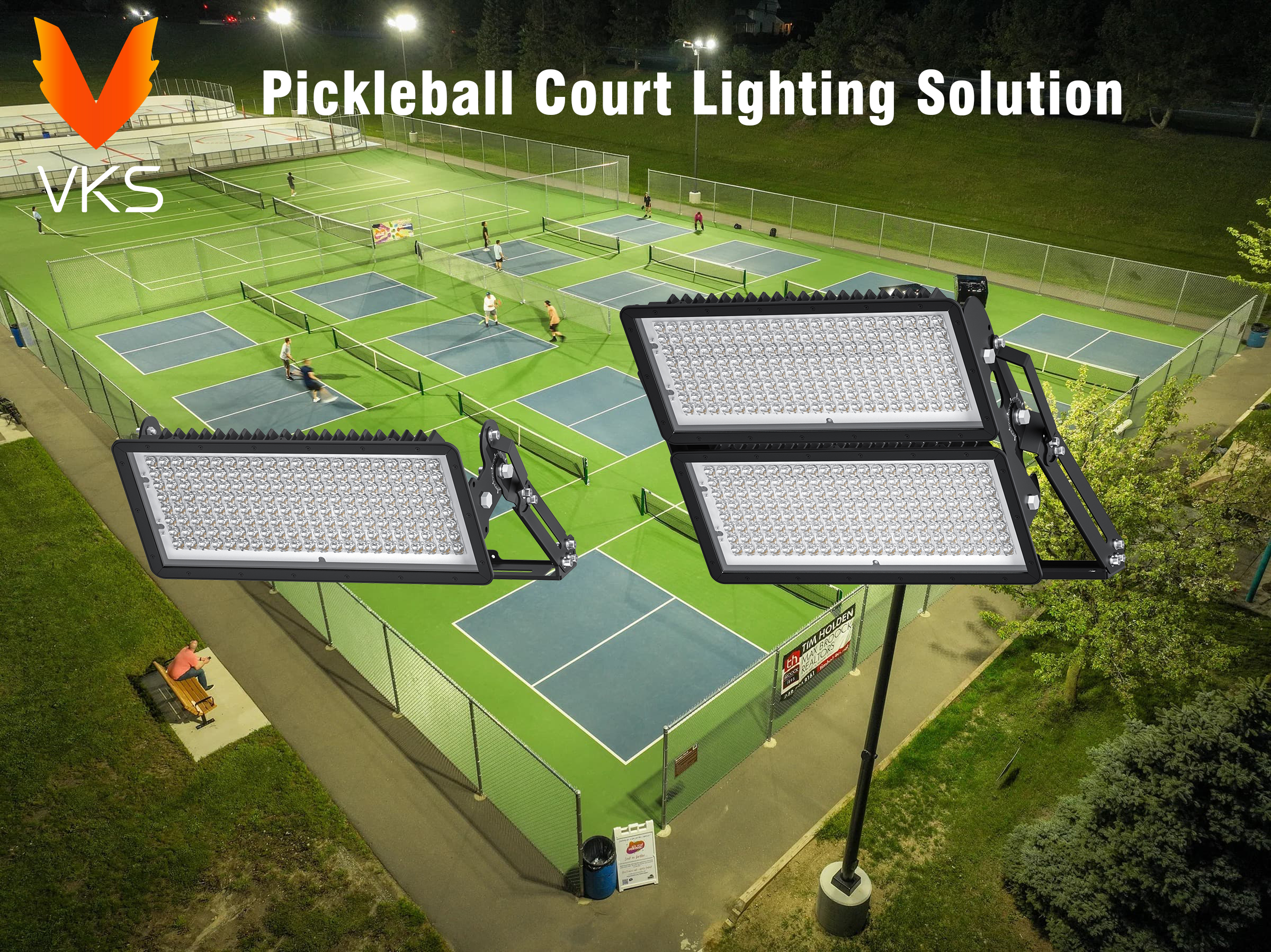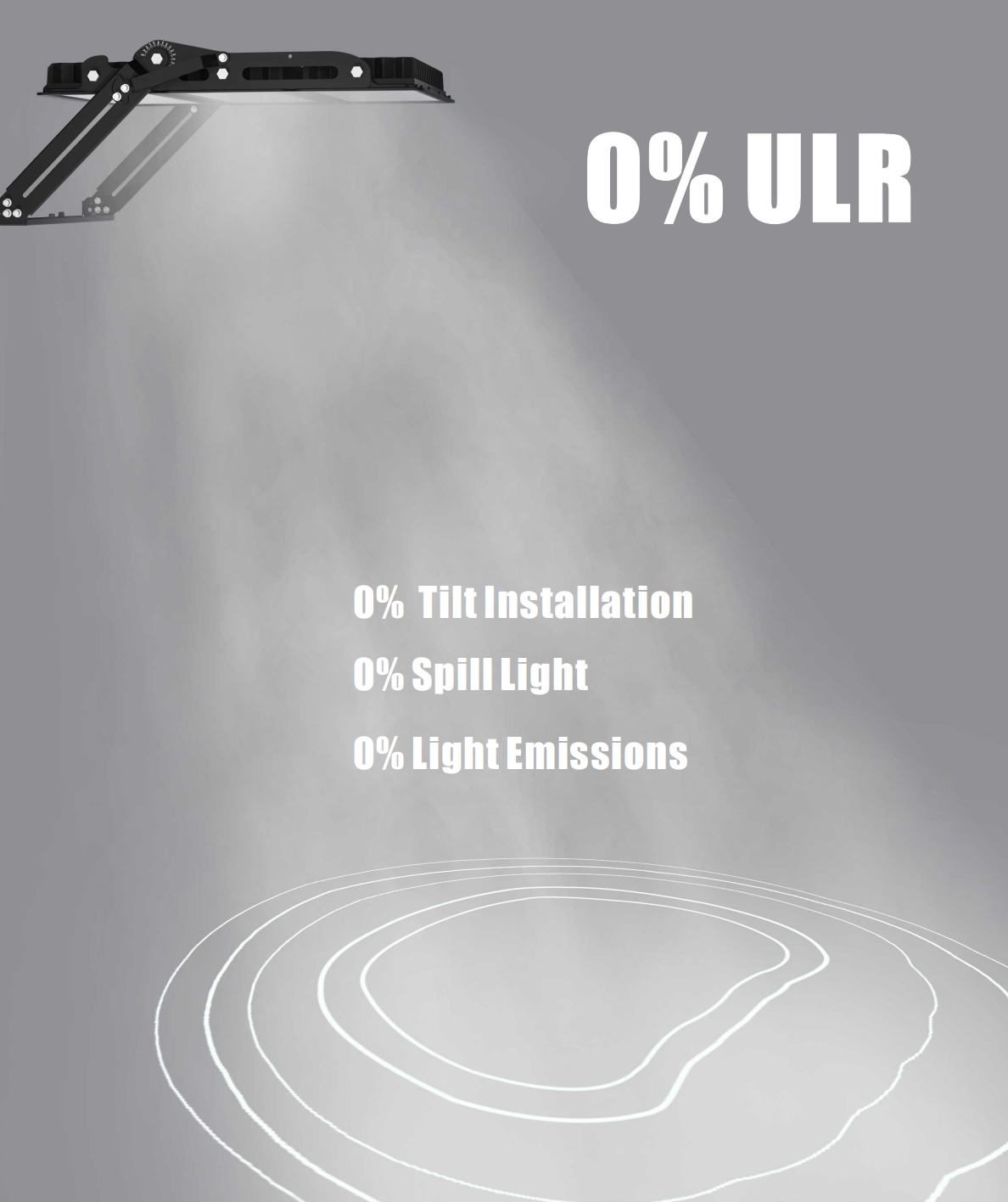Pickleball has rapidly evolved to be one of the fastest growing sports worldwide. This engaging game serves as a great recreational activity for many individuals who seek relaxation after an exhausting day at work or rigorous study sessions into late hours of the evening.
Pickleball intriguingly combines elements from tennis, table tennis, and badminton – making it uniquely captivating. The dimensions and layout of the pickleball court closely replicate those of a standard badminton court. Furthermore, when it comes to gameplay regulations and rules, there’s a vivid similarity with the sport of tennis. Such unique blend of different sports within Pickleball is contributing to its escalating popularity amongst diverse groups of people today.
The role played by high-quality pickleball court lighting cannot be overlooked in this regard. Exceptional illumination is crucial for maintaining visibility during play and ensuring a thoroughly enjoyable, unhampered experience for every participant.
This article aims to delve deeper into this topic, shedding light on the specific lighting requirements essential to a pickleball court.
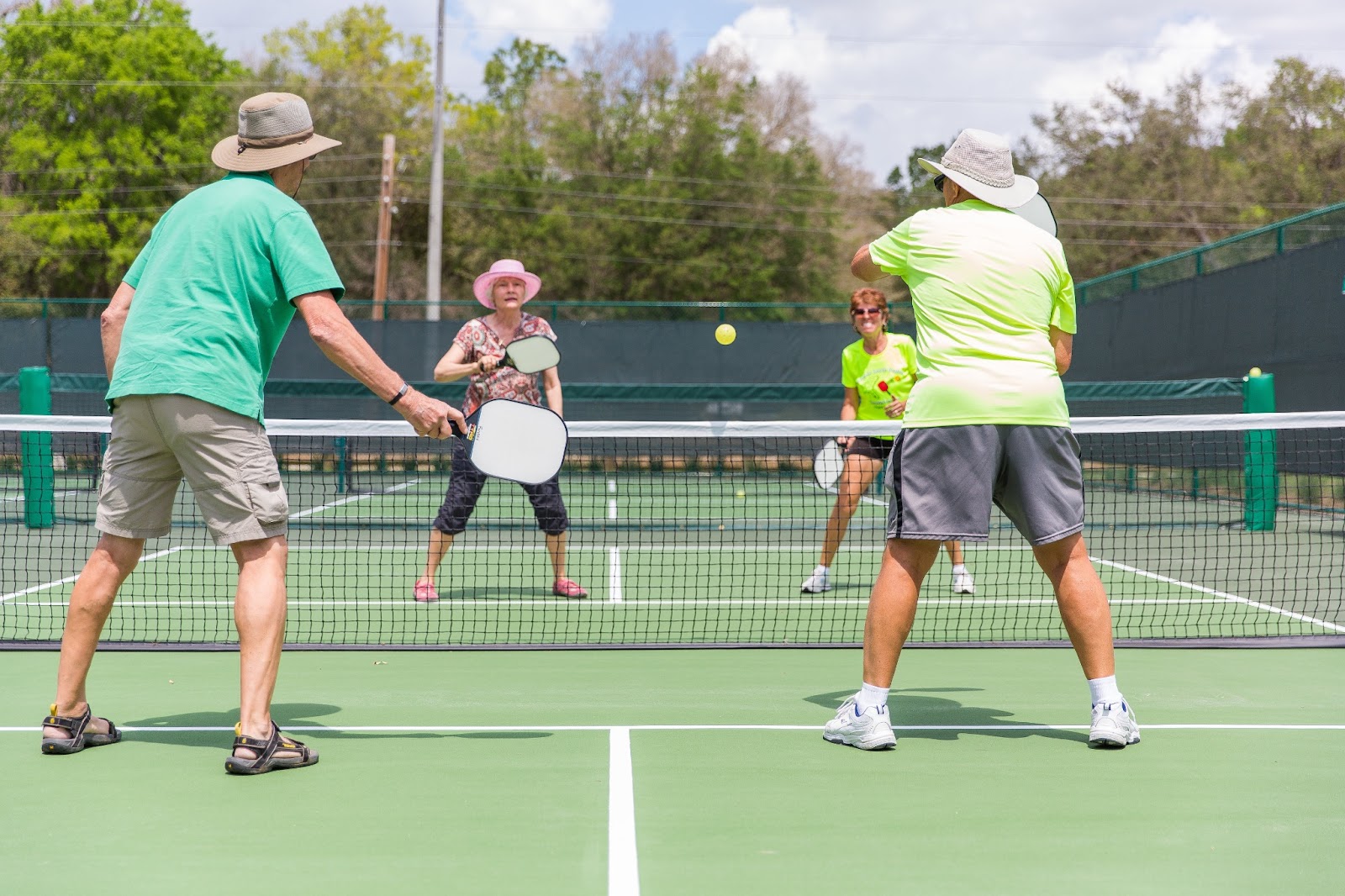
Sufficient Lighting
In any location where lighting is necessary, the primary concern should be safety, implying that adequate illumination is essential. However, the definition of “sufficient lighting” may differ depending on the competitive level in a pickleball court setting. The three levels of competition in pickleball are Class I, Class II, and Class III. Detailed explanations and suggested lighting conditions for each class are provided below:
Class I
The category known as Class I pertains to competitive, professional-level pickleball games that necessitate the highest level of lighting due to their nature. These games often attract a significant spectatorship, some of whom may be situated at a considerable distance from the game itself. Simultaneous broadcasting is also a common feature of these matches. To accommodate these needs, lighting measures are implemented which maintain an average horizontal illumination of 750 lux and an average vertical illumination of 450 lux.
Class II
Club competitions fall under the category of Class II. These events typically attract a moderate number of spectators who observe the game from an average distance. The appropriate lighting for these competitions is 500 lux average horizontal illumination and 350 lux average vertical illumination, maintained consistently throughout the event.
Class III
Class III encompasses leisurely pickle-ball, general athletic training, and physical education in schools. Typically, low-tier competitions under this class do not attract a significant number of spectators. The suitable lighting for this class of sports is an average maintained horizontal illumination of 300 lux and an average maintained vertical illumination of 200 lux.
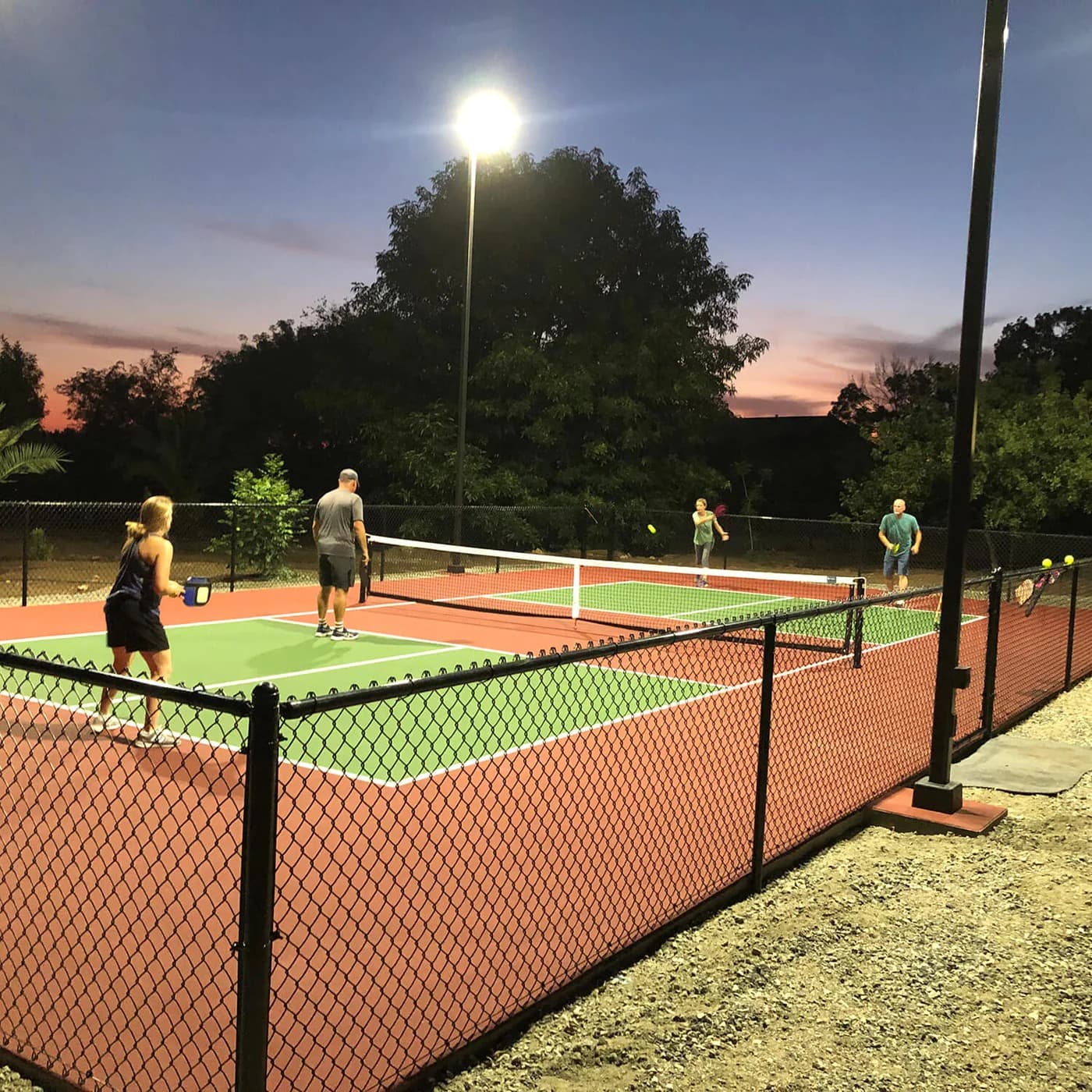
Clear Visibility
The dimensions of a standard pickleball court are 20 feet by 44 feet for singles and either 30 feet by 60 feet or 30 feet by 64 feet for doubles. To maintain clear visibility, especially when the ball ascends to a high arc, LED fixtures ought to be installed on poles approximately 20 feet tall. The goal of this installation height is to ensure balanced lighting distribution across the court. Any unevenness in the lighting can lead to blurred vision or an obscured ball due to sudden changes in brightness or darkness.
CCT
Correlated Color Temperature (CCT) is a term that signifies the hue of light emitted by a source. Often, this is referred to in layman’s terms as warm white, cool white, or natural white. For a pickleball court lighting, it is advised to use a CCT within the range of 4000K to 5000K. However, be mindful that any CCT exceeding 5000K will produce a bluish tint. Therefore, LED fixtures with a CCT above 5000K should be avoided.
CRI
The Color Rendering Index (CRI) measures the capacity to accurately represent an object’s genuine color. The closer the CRI is to 100, the more authentic a product’s color will seem. High CRI lighting enhances precision for players, enabling them to better gauge the trajectory of a moving ball, their own location, and their surrounding environment. It also provides spectators with a clearer view. For pickleball courts lighting, it is advisable to have a CRI above 70.
Pleasant Visual Experience
Avoid glare and flicker
The relevance of visual comfort is directly linked to factors such as glare and flicker. The assessment of lighting quality heavily depends on the glare, which is influenced by various elements such as the method of fixture installation, its height, the quantity of fixtures, and their distribution. Flicker can potentially cause players to experience indistinct vision. This could result in a somewhat blurred, low-resolution perception of a pickle-ball’s movement for players.
Lighting uniformity
Ensuring a uniform distribution of lighting is fundamental for a comfortable viewing experience. If the lighting is nonuniform, it could result in inaccurate visual perceptions. For a Class I pickleball court, the maximum to minimum ratio of lighting uniformity should not exceed 1.7. Meanwhile, Class II and Class III pickleball courts lighting require a minimum lighting uniformity ratio of 2.0.
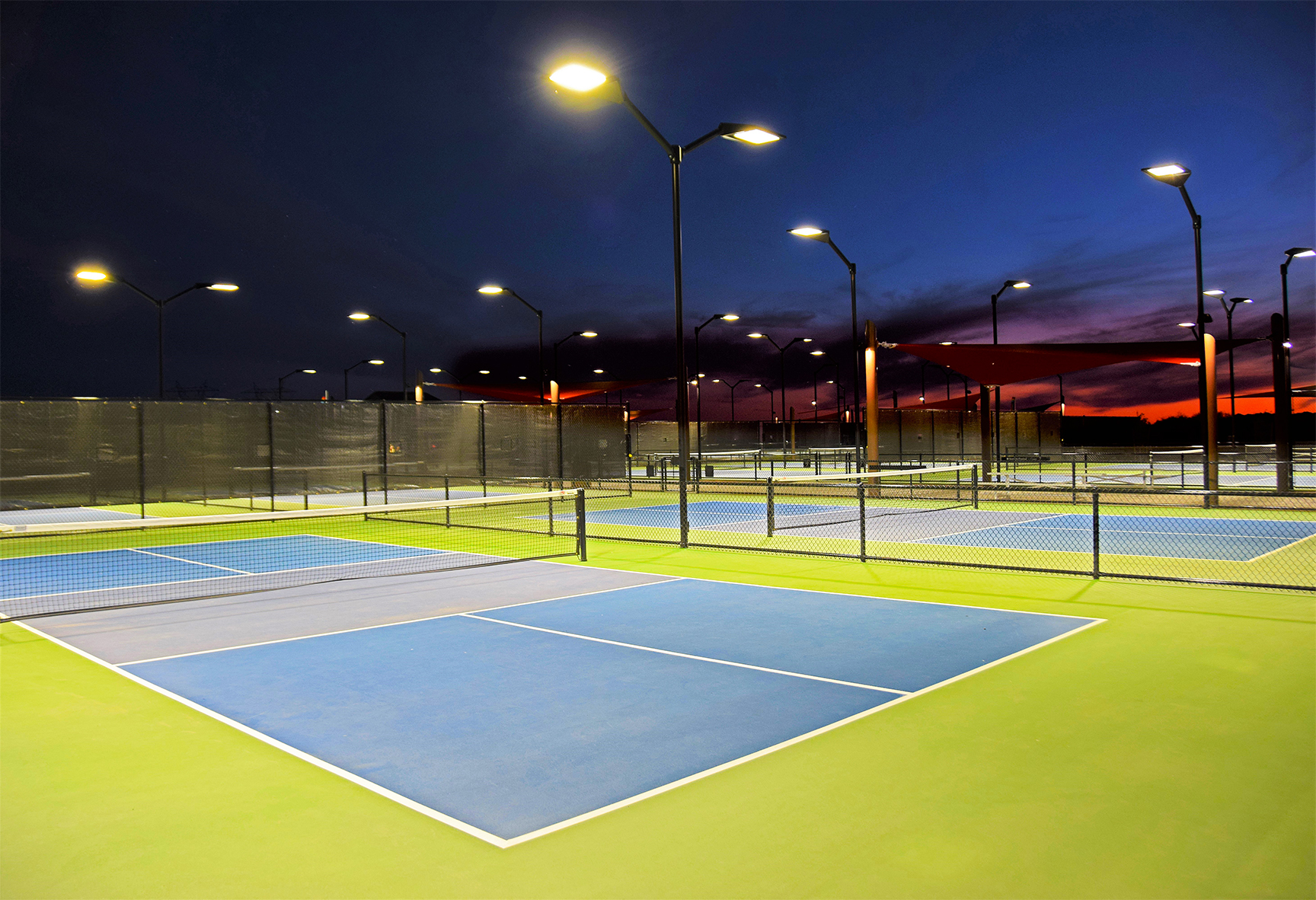
Pickleball Court Full Cut-off Lighting
Pickleball court lighting designs often employ the technique of tilting and aiming light fixtures for effective illumination. However, full cutoff pickleball court lighting offers a unique approach where the fixtures are installed in a horizontal alignment to the court surface. This method significantly reduces or completely eradicates up-light, thereby safeguarding the dark sky and environment. The innovative LED light fixtures used in this setup come equipped with specialized optics that direct the light output, eliminating the need for any tilting or aiming. This leads to an efficient lighting solution for pickleball courts that does not interfere with celestial views or disturb natural surroundings.
Dark Sky Approved Pickleball Court Lighting
It’s increasingly common to see the implementation of Dark Sky lighting guidelines. The first step towards ensuring your pickleball court adheres to these standards is to install full cutoff light fixtures. Most sports lighting typically employs 4000 Kelvin or 5000 Kelvin, however, for Dark Sky compliance, the LEDs must be set at 3000 Kelvin or below. Even though this produces a warmer hue, it’s still an effective lighting solution for pickleball and aligns with most Dark Sky compliant regulations. It’s important to remember that these ordinances may differ – some may demand 2200 Kelvin LEDs – so it’s crucial to familiarize yourself with your local community’s specific lighting regulation.
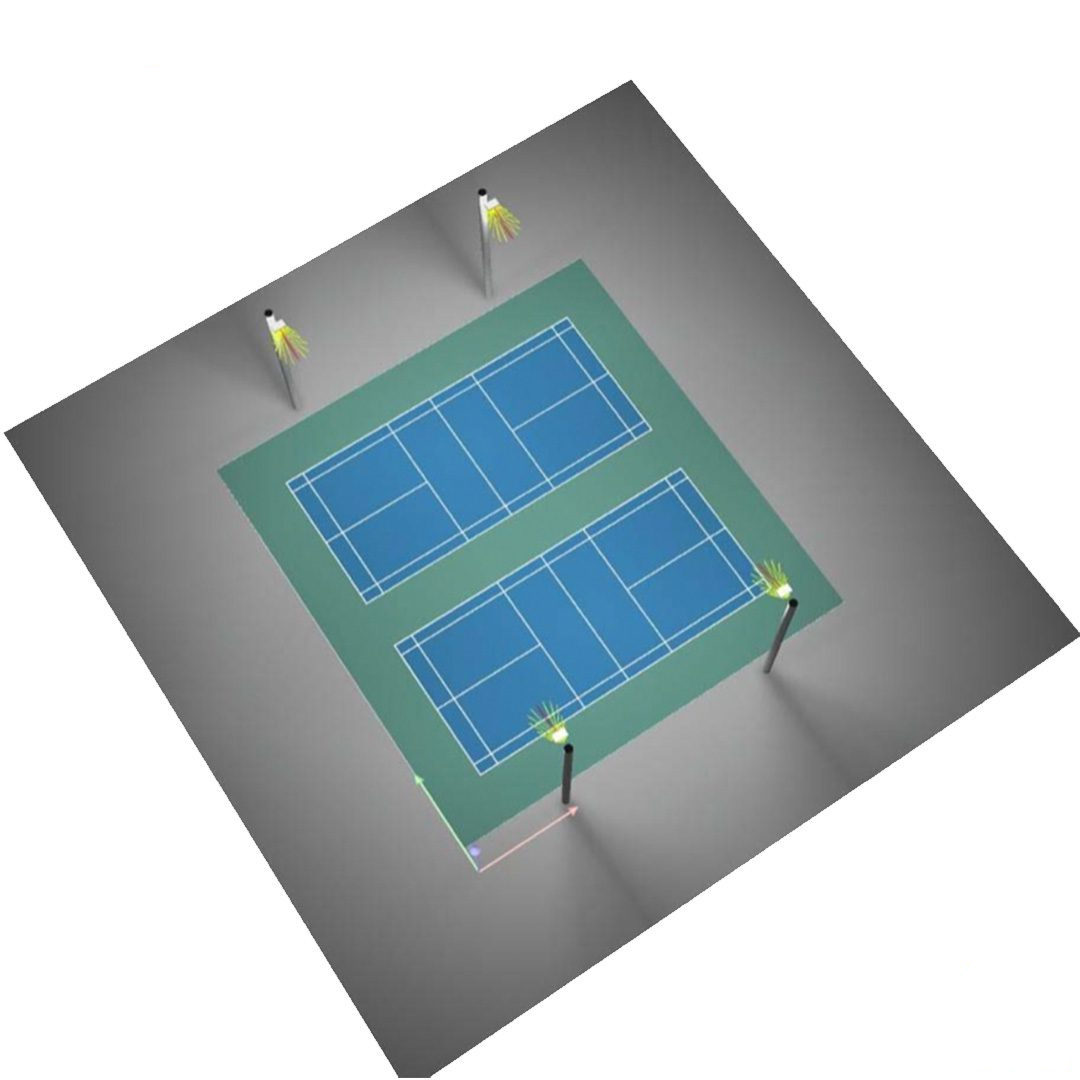
Resistance to Challenging Environment
In both indoor and outdoor settings, pickleball court illumination must be robust enough to endure severe conditions such as impacts, exposure to water, sunlight, and extreme temperatures. The durability against these harsh conditions is contingent upon the materials used and the protection rating of the fixtures. LED fixtures that incorporate tempered glass offer an enhanced level of safeguarding for both the players and the fixtures themselves.
The tempered glass ensures the safety of the fixtures even when struck by a ball. The protection rating associated with these fixtures encompasses both IK and IP ratings. The IK code denotes the energy value that can be withstood upon collision, while the IP value signifies the fixture’s capacity to resist dust, high pressure, and steam cleaning. In terms of dust and water resistance, a higher IP rate correlates to better protection for the fixtures. Typically, pickleball court fixtures have ratings such as IK08 and IP66.
Post time: Jan-12-2024

